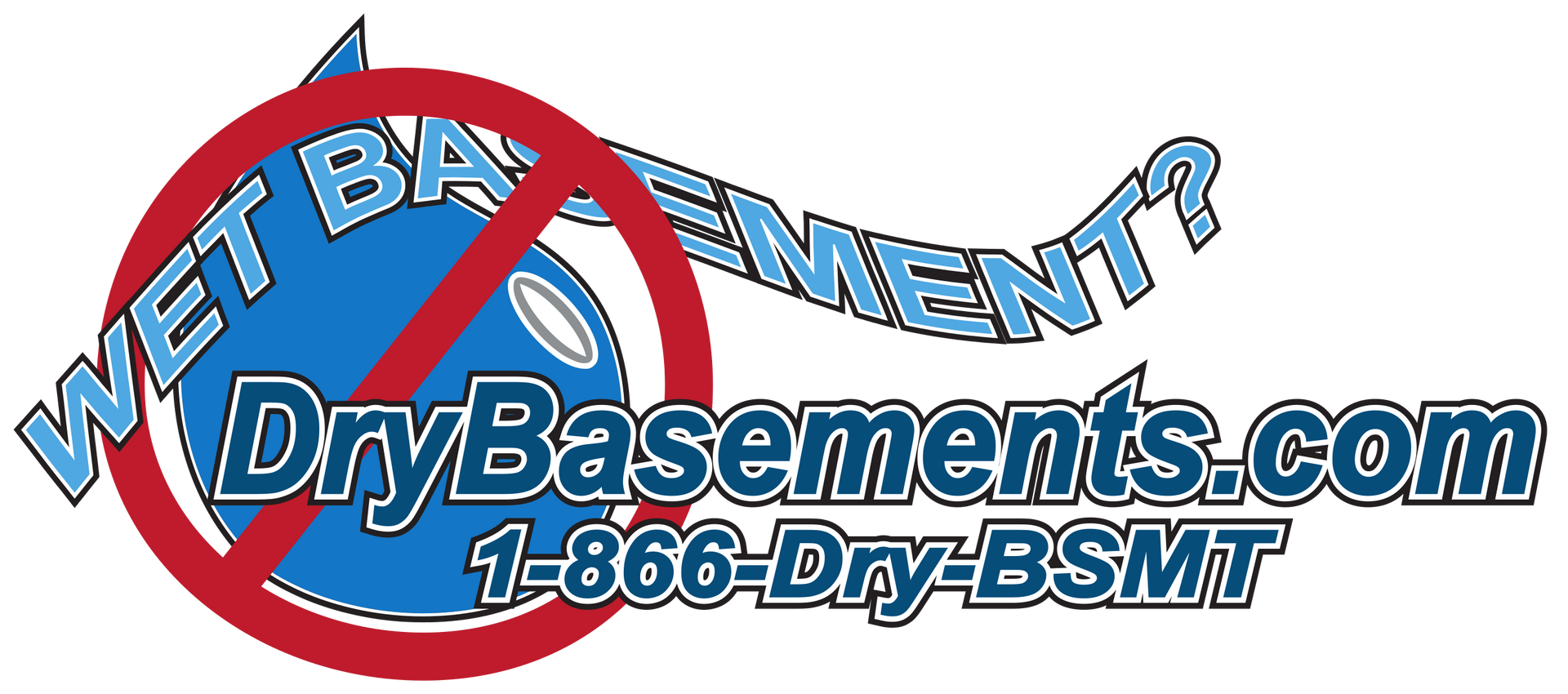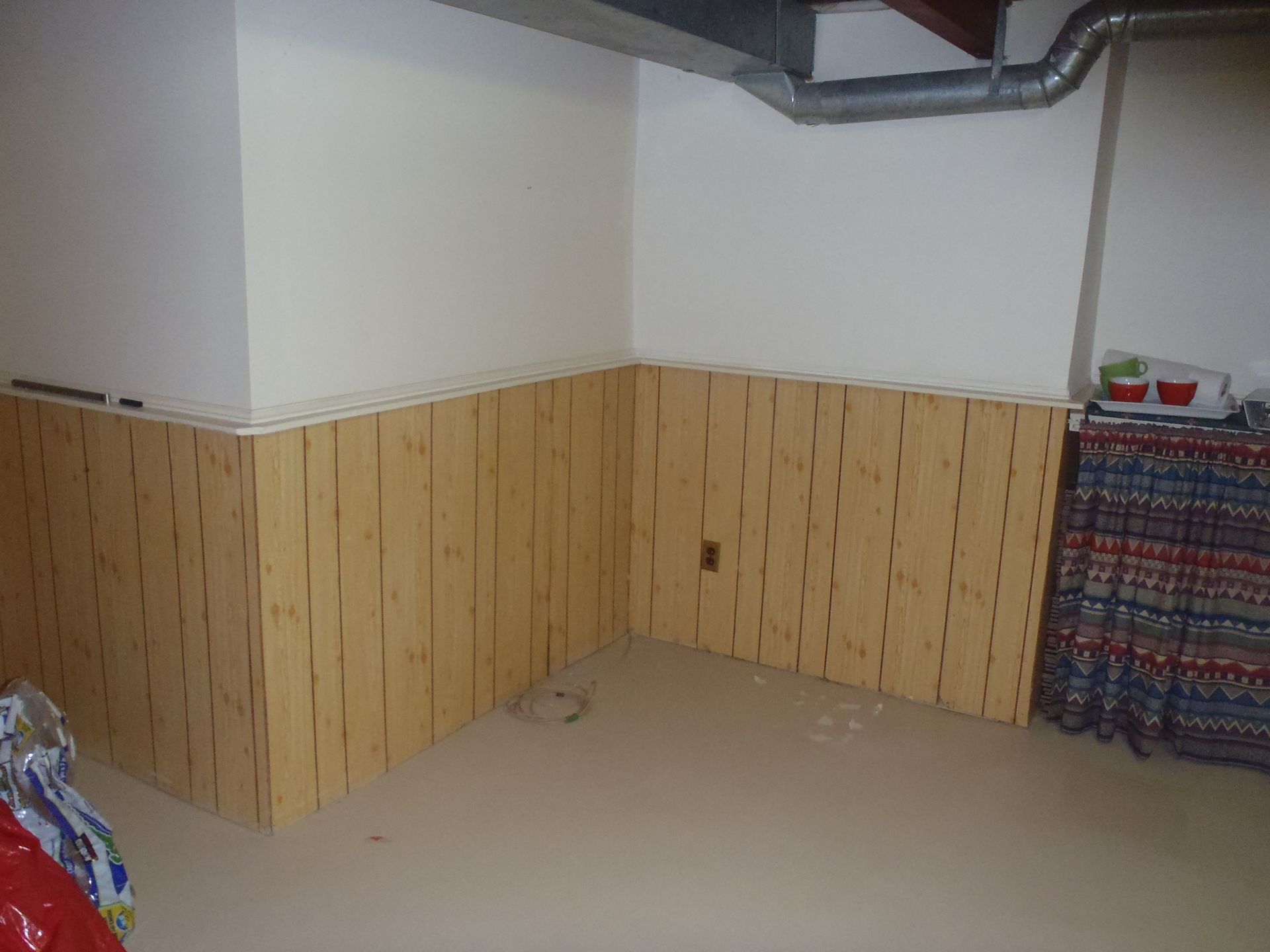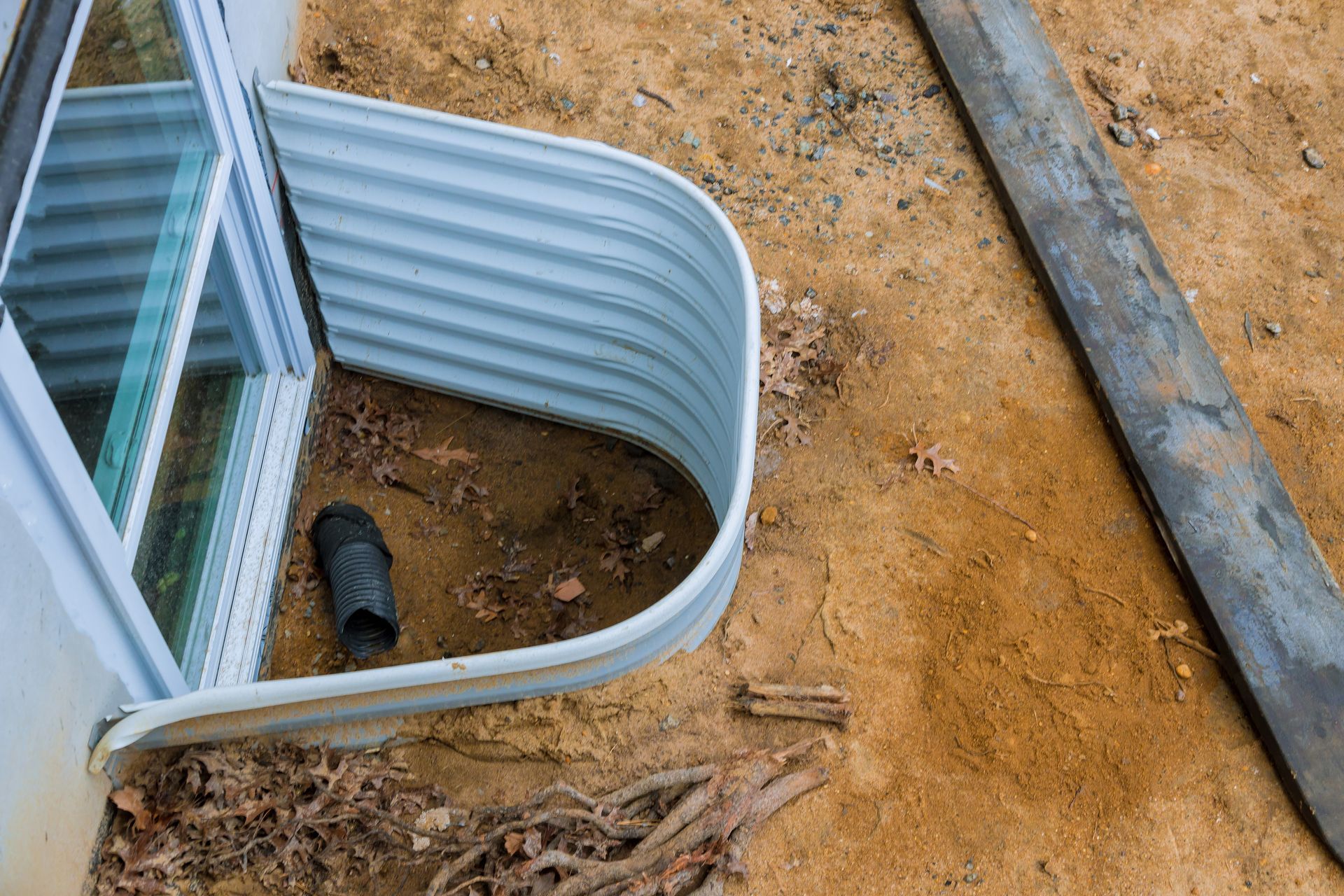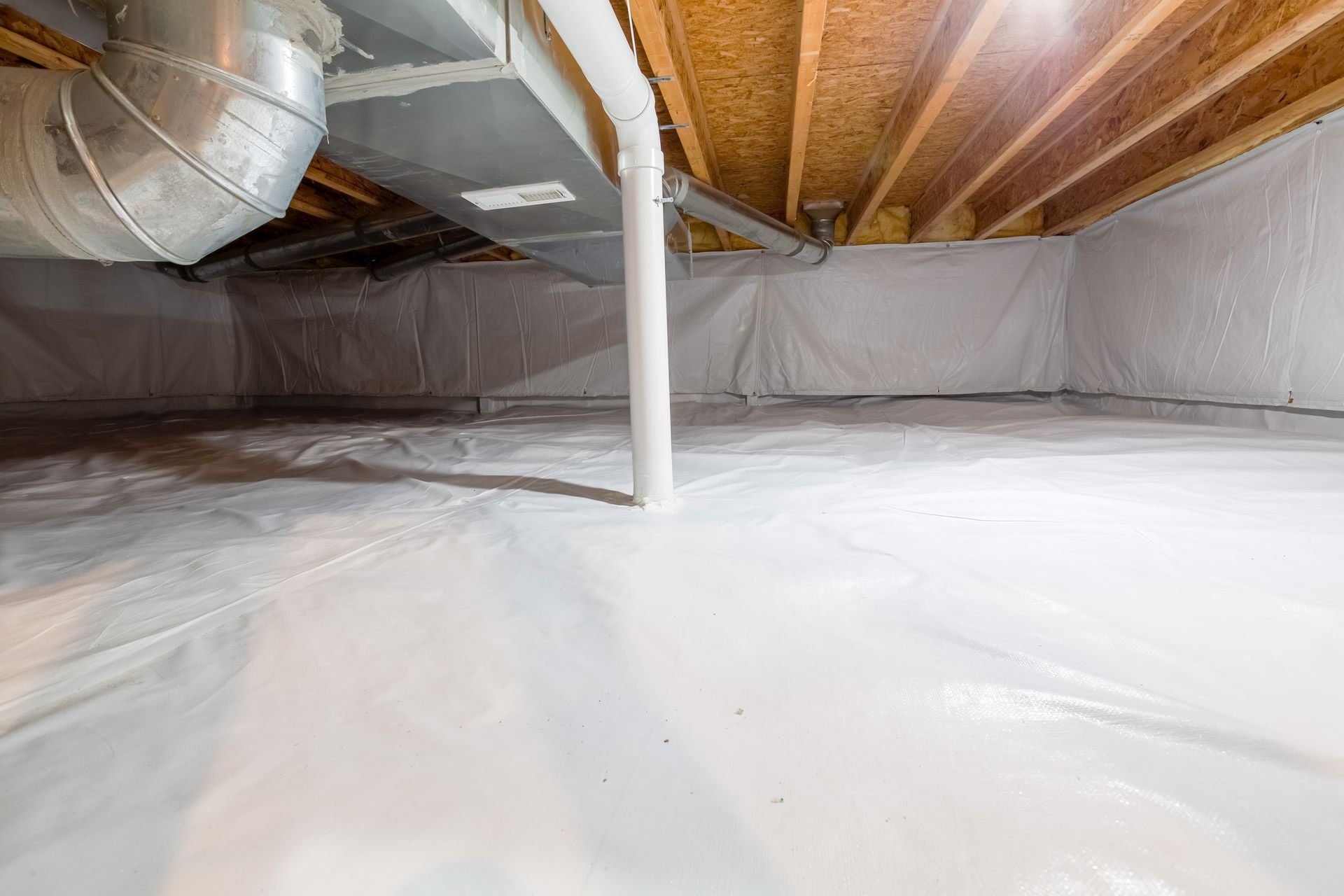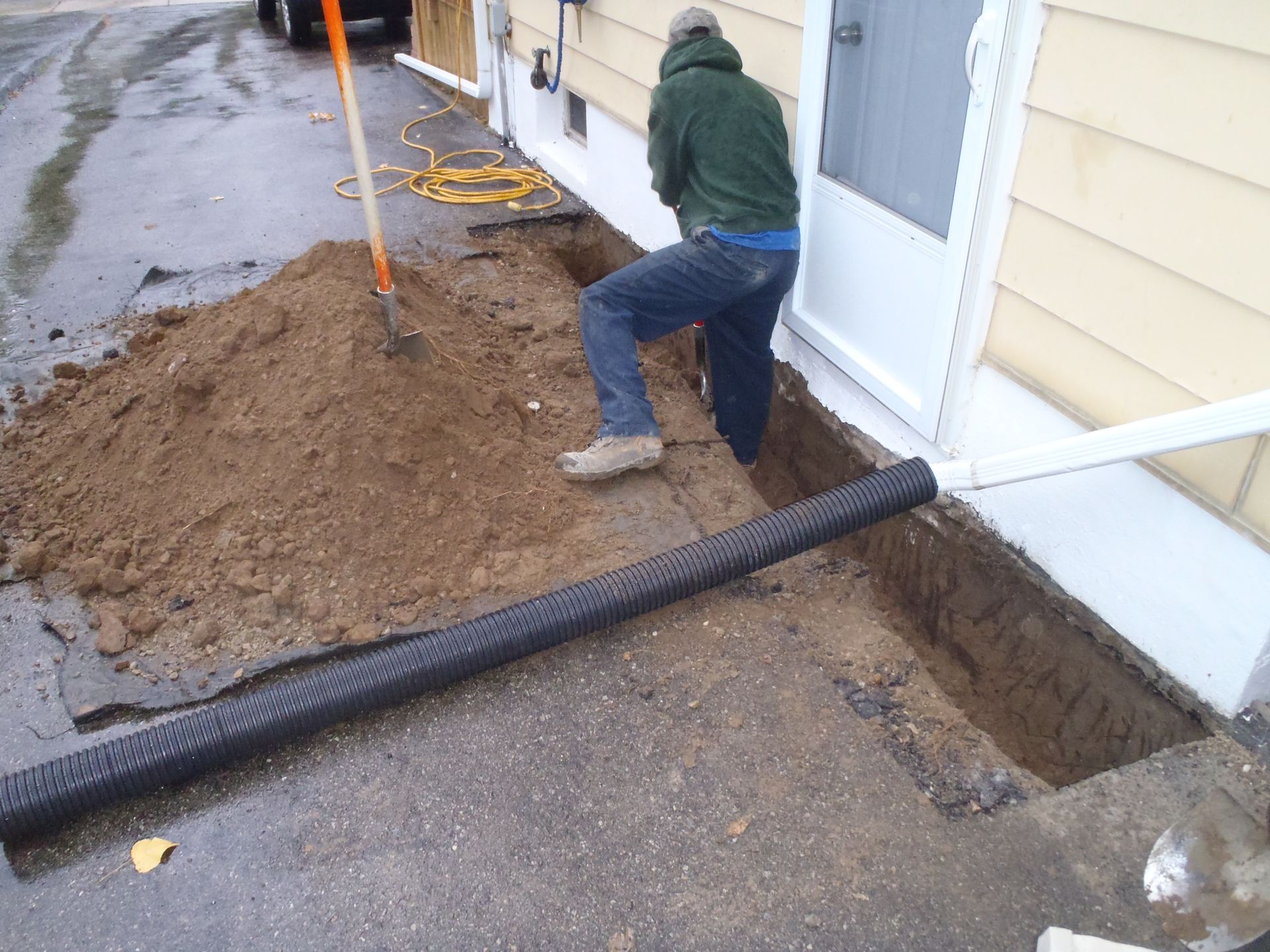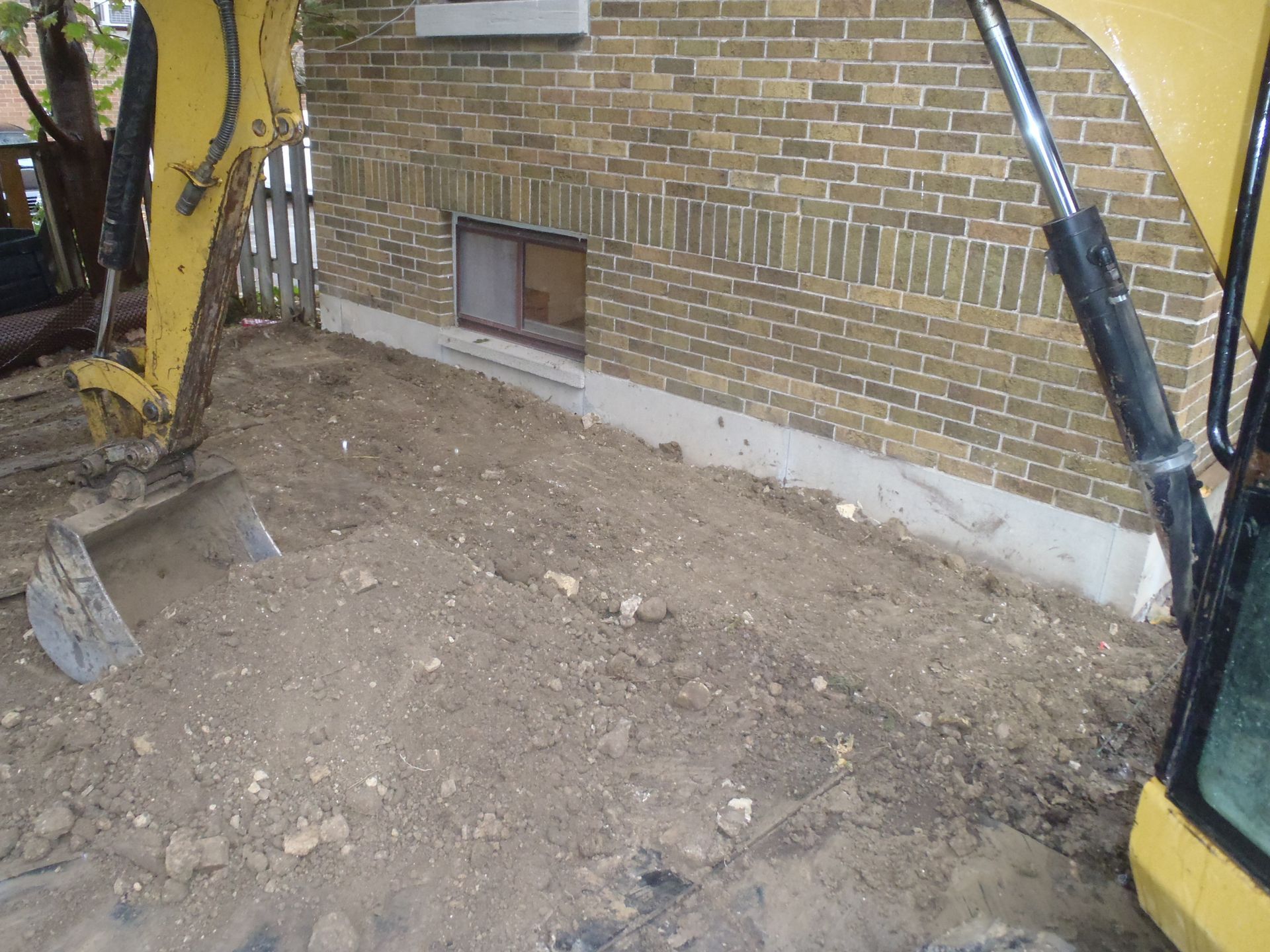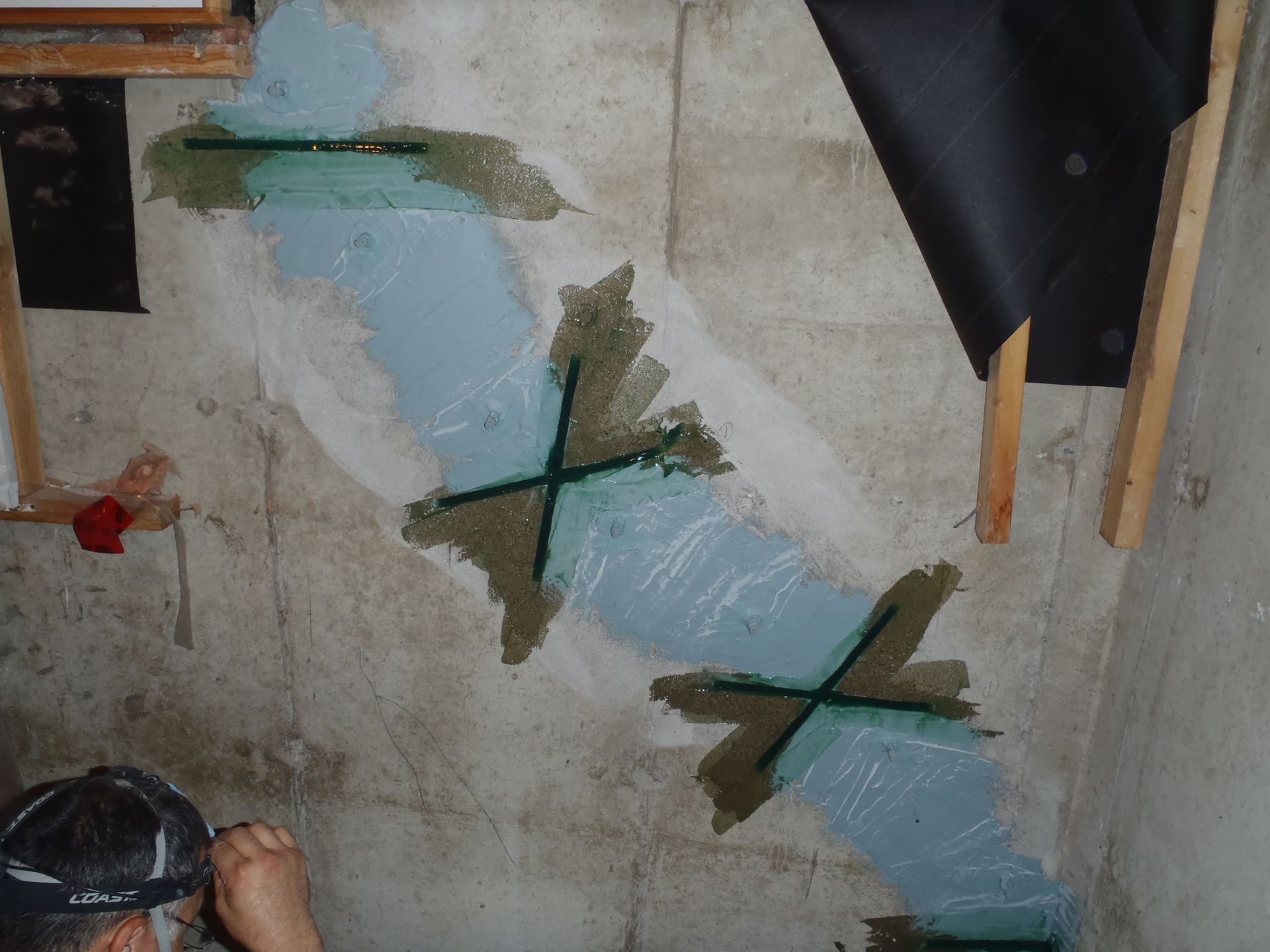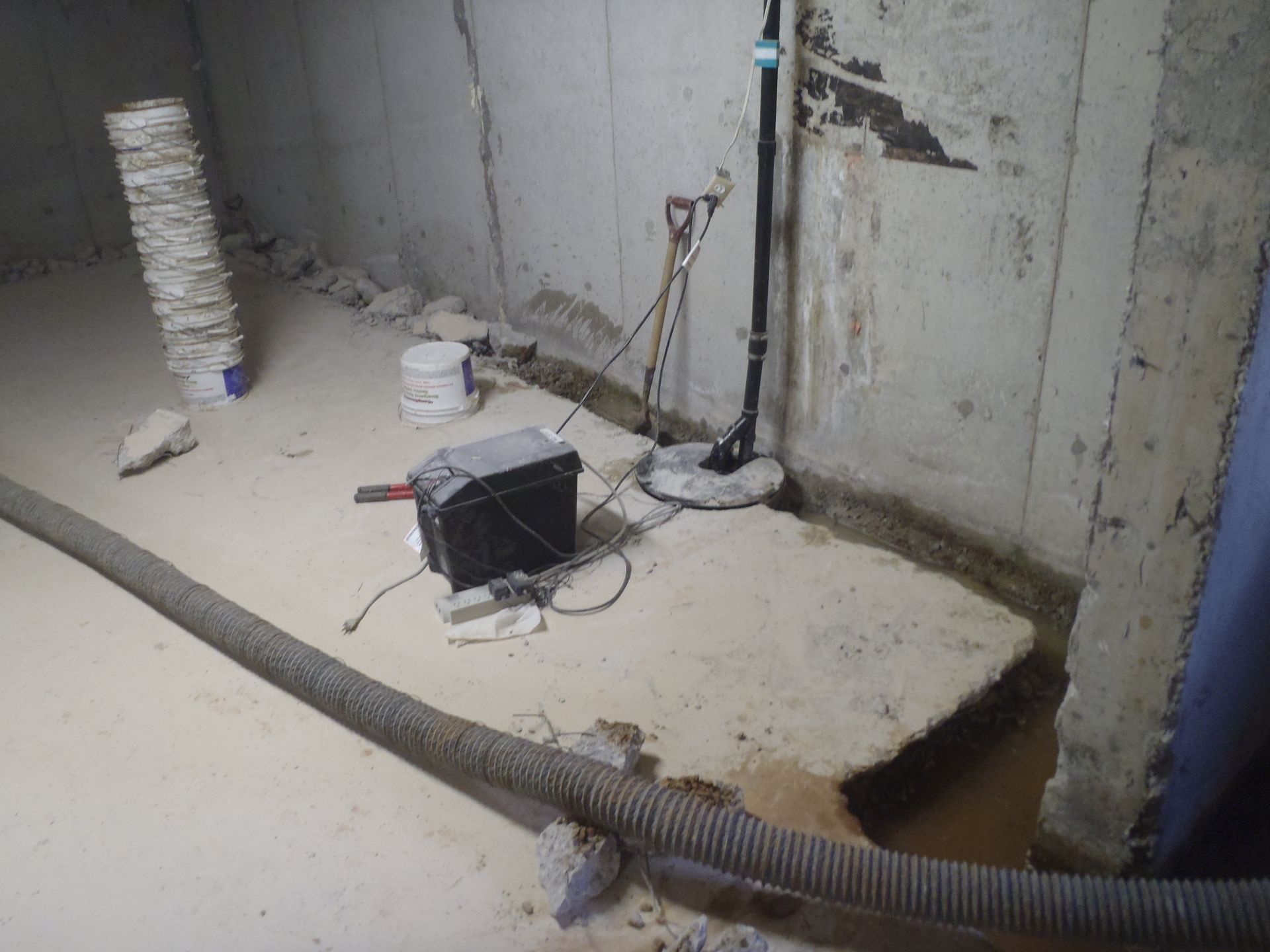Why Bowed Walls Need Immediate Professional Attention
If you’ve noticed a basement wall bulging inward, forming horizontal cracks, or leaning, your home may be facing a serious foundation issue. In areas like Woodstock—especially in older neighborhoods such as Old East or around Vansittart Avenue—clay-heavy soils and frost pressure are common contributors to wall movement. In London’s west-end subdivisions or areas near the Thames River, high groundwater levels and poor drainage grading can worsen the issue. Homes in Kitchener often sit on mixed soils, where backfill saturation and heavy seasonal rains frequently cause inward pressure on foundation walls.
These signs should not be ignored. A bowed basement wall is a structural warning that pressure and soil movement are compromising your home’s safety.
What Causes Walls to Bow Inward?
Homes in Cambridge, Waterloo, and Brantford often experience wall movement due to hydrostatic pressure—when groundwater builds up around your foundation and pushes laterally against the wall. These lateral forces, when greater than the tensile strength of the wall, can result in cracking, bowing, tipping, or shearing.
Several contributing factors include:
• Poor exterior drainage or grading
• Heavy rainfall or thaw cycles causing soil expansion
• Non-functioning or clogged weeping tiles
• Frost pressure and backfill saturation
• Heavy loads near the foundation wall (e.g., driveways, landscaping equipment)
These stressors lead to:
• Bowing – the middle of the wall shifts inward due to soil pressure
• Tipping – the top of the wall leans or rotates inward
• Shearing – the bottom of the wall slides inward, often along the mortar joint in block walls
These conditions often appear together. If left uncorrected, they can reduce the wall’s load-bearing capacity and result in catastrophic structural failure.
How to Spot Bowed Wall Warning Signs
Early recognition is key to preventing foundation emergencies. Schedule a professional inspection if you notice:
• Horizontal or stair-step cracks along basement walls
• Walls that curve inward or show signs of leaning
• Damp patches or water pooling at the base of walls
• Windows or doors that suddenly stick or are hard to close
Timely intervention can mean the difference between simple reinforcement and a complete wall rebuild.
Why You Shouldn’t Wait
• Delaying repair for bowed or tipped walls can result in:
• Major structural damage
• Water infiltration
• Mold and indoor air quality issues
• Jeopardizing both the structural integrity and resale value of your home
• Costlier repairs if collapse progresses
• Even if the wall appears stable now, seasonal changes can trigger sudden and significant movement.
How We Stabilize Bowed Walls
At DryBasements.com, we provide solutions tailored to foundation type, soil conditions, and wall movement:
The InvisiBeam System
Our advanced carbon-fibre strap system reinforces walls from the inside without intrusive steel I-beams. InvisiBeam includes:
• Carbon-fibre/kevlar straps rated at over 1600 MPa tensile strength
• Epoxy bonding to the foundation wall
• Mechanical anchors top and bottom to transfer structural loads
This system creates a strong, low-profile reinforcement that prevents future inward movement. Unlike bulky steel I-beams that take up interior space, limit finishing options, and may sweat or rust, InvisiBeam provides clean, modern reinforcement without obstructing your basement layout.
InvisiBeam can be installed on both poured concrete and block walls and is adaptable to a wide range of residential foundation types. This engineer-approved system complies with structural best practices and is designed for long-term stability under active lateral soil loads. Unlike steel, carbon-fibre straps won’t stretch, shift, or rust—even under fluctuating moisture and temperature conditions.
Top and Bottom Anchors
Top Anchor: Uses post-tensioning to securely tie the top of the strap to framing or joists.
Bottom Anchor: Dual-leg anchoring system installed into the concrete floor for maximum shear strength.
If deflection is more than 1-2", we may need to excavate to straighten the wall before installing the InvisiBeam system.
Integrated Stabilization and Water Management
Where water intrusion is also an issue, we combine wall stabilization with either an:
• Internal Breakout drainage systems, or an;
• Exterior Excavation consisting of waterproofing and drainage upgrades
This ensures that both the movement and water management are addressed.
Trusted by Homeowners Across Southwestern Ontario
Bowed wall repair is not a one-size-fits-all job—it requires hands-on knowledge of local soil types, weather patterns, and basement construction techniques. At DryBasements.com, we’ve helped thousands of homeowners across Southwestern Ontario resolve serious foundation problems with customized, warrantied solutions. From complex reinforcements to proactive drainage upgrades, we provide peace of mind backed by proven results.
Schedule a Wall Evaluation Today
If you’ve noticed bowed walls, cracking, or signs of shearing, don’t wait.
📞 Call DryBasements.com or🌐 Visit www.drybasements.com to book your assessment.
We’ll inspect your foundation, identify the root cause, and recommend the best solution—whether structural reinforcement, excavation, or drainage improvements.
We proudly serve Woodstock, Kitchener, London, and Cambridge, along with surrounding communities across Southwestern Ontario, delivering localized expertise based on years of experience in the region’s diverse soil and weather conditions.
